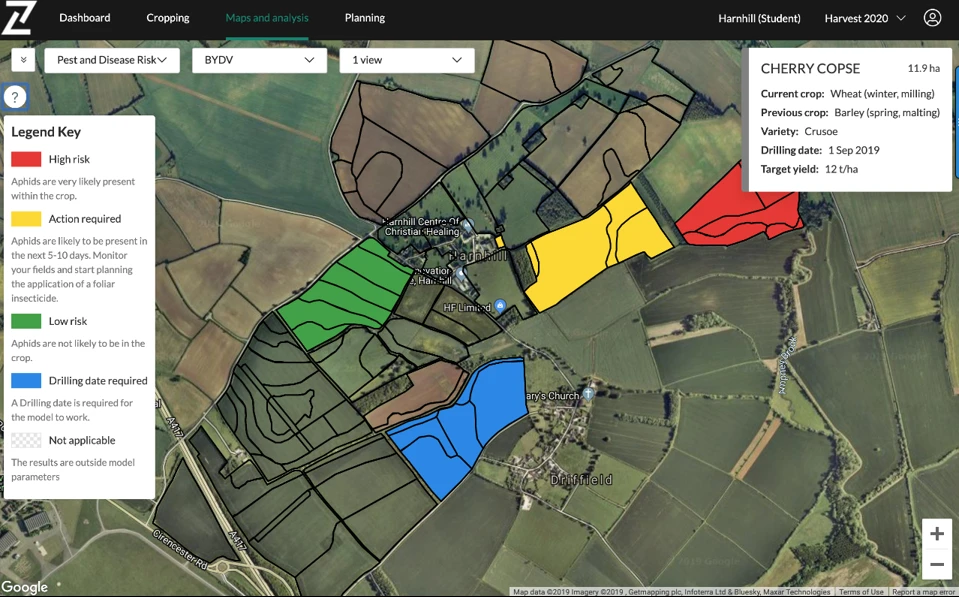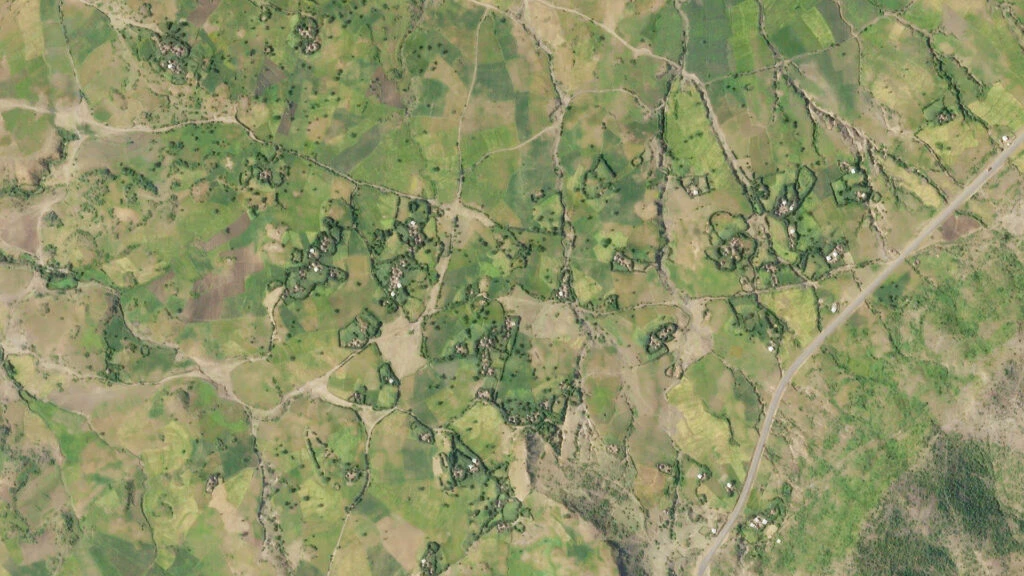The Value of Intelligent Nutrient Management
Origin Digital farmers span three continents and thirteen countries. Each country has its own variety of soil types and climatic conditions, based on geography and location. Add to this geological and geographical mix a wide variety of crops, cropping systems, management, fertilisers, best practice guidelines, legislation and local methods for analysing soils, and the challenge of delivering accurate nutrient planning begins to mount up.
At Origin Digital, one of our aims has been to deliver accurate, science-based nutrient planning to all our farmers. Within our Contour platform, we are now able to achieve this. We have worked with local in-country teams, nutrition guidelines, and soil laboratories to create truly localised nutrient management planning, delivered through Contour to our farmers.
Our work has enabled us to import soil analysis results from a wide number of analysis and extraction methods from Olsen, Bray and Chirikov for phosphate, to Ammonium nitrate, Potassium chloride and Schachtschabel for magnesium. Using the local nutrition guidelines, we can not only assess whether soils are high, medium or low in terms of nutrition, but through converting these into decimalised indexes (0.0-0.9 = very low, 1.0-1.9 = low, 2.0-2.9 = medium, 3.0-3.9 high, 4.0+ = very high), we are able to be even more accurate with our nutrient recommendations.
Accurate decimalised indexes can also highlight whether we are at a higher or lower end of each soil nutrient index and whether, for instance, we have sufficient nutrients for challenging growing conditions, or are at risk of rapidly becoming deficient if nutrient applications are not kept up to date.
Nutrient planning has three key benefits: firstly, driving yield by ensuring the crop has access to the right nutrients; secondly, in potential cost savings by accurately using the right amount of nutrient, thereby minimising waste, and thirdly; environmental benefit from using fertiliser only where required.
The importance of increasingly accurate nutrient planning is being seen across all the territories we serve. In Romania, we are identifying a large number of soils (over 80%) with low or very low phosphate levels. Using Origin Digital’s nutrient recommendations, growers have seen yield increases upwards of 66% through using the right amount of the right product at the right time.
“Based on the size of my farm, I thought it was too small for a precision advice service. I first engaged the service across several fields that I considered of ‘low potential’ yielding 1,700-1,800 kg of sunflower / ha. A soil analysis identified a low pH level in addition to Phosphorus and Zinc deficiency. Based on the findings, my agronomist Alin prescribed a customised soil nutrition programme, prompting a change to the range of fertilisers used in order to match the crops’ nutritional requirements. As a result, the fields delivered a 1.2 tonnes increase in yield, one of the highest sunflower yields in my area. The trial convinced me to engage the services across the whole farm”. – Miclescu Radu, Botosani, Romania, Farm Area 350 ha
Growers in Africa have saved thousands of dollars in lime costs by more accurately measuring pH and applying lime variably. “By using Origin Digital’s variable rate pH maps we have been able to reduce the amount of lime required by 693t, a saving of $83,000” – Chris Bishop. Director, Katito Farming Enterprises.
A recent study of 26,000 soil samples across commercial farms in Africa discovered 36% of phosphate and 11% of potassium samples were defined as ‘critically low’. This means over 45% of commercial farmers could be facing a yield penalty of between 20-30% due to deficiencies in soil nutrition. If we convert this into lost farm revenue, farmers with critically low soil nutrition growing maize would be losing $300 per hectare in revenue during 2020.
In 15 years of delivering accurate nutrient recommendations across the UK, farmers using Origin Digital nutrient management planning (based on the UK RB209 nutrition guidelines) are twice as likely to have the optimum target of phosphate and potassium in their soils. We can also demonstrate a reduction in nutrient variability, and cost savings of between £18-24/ha.

Digital tools don’t necessarily equate to GPS, variable rate equipment and high entry costs. Soil sampling to measure and manage each field individually, understanding the limiting factors, and following this with a scientific approach to nutrition has been proven to deliver huge benefits.
As we deliver more nutrient recommendations to our growers and receive feedback on how their crops perform, we can bring this information together with our soil & weather data and our crop growth models to continuously refine and improve our nutrient recommendations. This is will mean that whether you are farming a shallow chalk Leptosol in the South of England, an organic-rich Chernozem in Ukraine, or a red clay Luvisol in South Africa, we can deliver nutrient recommendations which are not only accurate dependent on crop type and soil analysis, but then localised based on your climate and soils.







